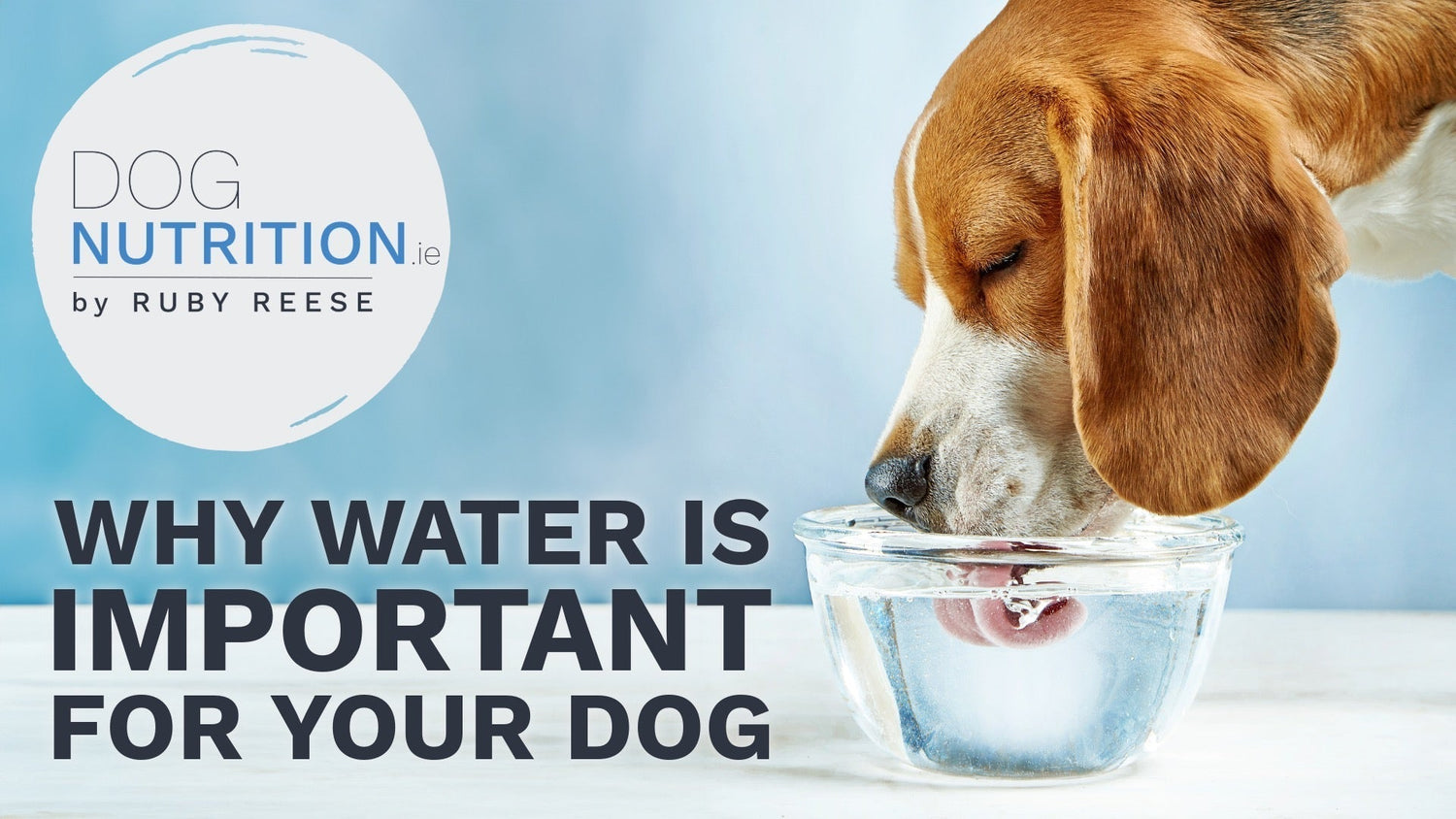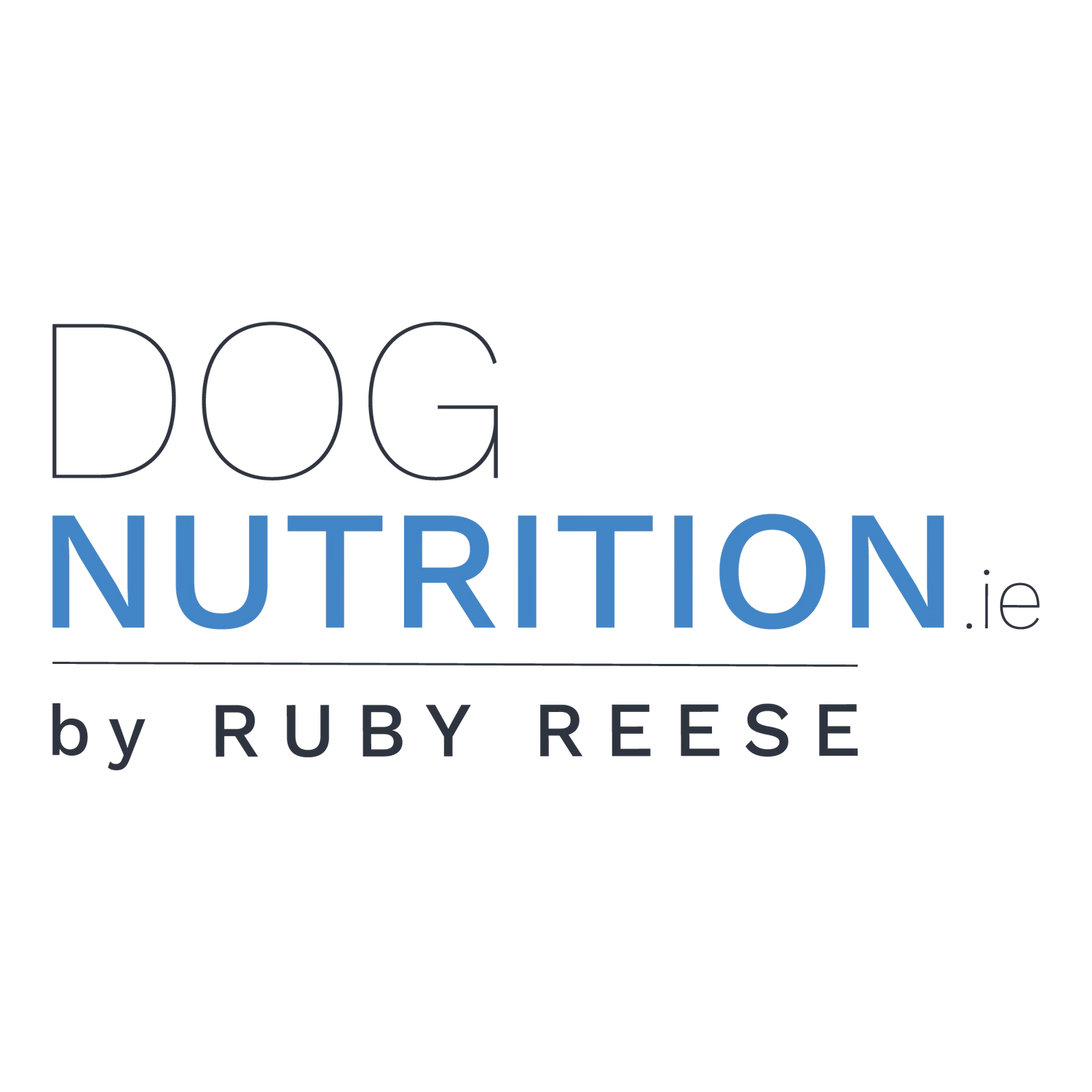When we think about what dogs need to stay healthy, we often focus on food. But there’s one essential nutrient that often gets overlooked: water. According to the renowned textbook; "Ernährung des Hundes" by Meyer and Zentek, water is actually the most vital nutrient, even more critical than protein, fats, or vitamins—because a dog can survive much longer without food than without water.
Let’s explore why water is so essential, how much your dog actually needs, and when that need increases.
Why Water Matters So Much
Water supports almost every vital function in a dog’s body. It helps with:
- Regulating body temperature
- Digesting and absorbing nutrients
- Removing waste through urine and feces
- Transporting oxygen and nutrients through the bloodstream
- Lubricating joints and tissues
Dogs lose water constantly through panting, breathing, urine, feces, and even through their paws. If this loss isn't compensated, it can lead to dehydration, which quickly becomes dangerous.
How Much Water Does a Dog Need?
Meyer and Zentek recommend the following baseline for healthy adult dogs:
50–70 ml of water per kilogram of body weight per day
For example:
- A 10 kg dog needs about 0.5–0.7 liters (500–700 ml) of water daily.
- A 30 kg dog needs around 1.5–2.1 liters daily.
But this amount isn’t set in stone—it changes depending on many factors.
When Dogs Need More Water
Your dog’s water needs increase significantly in the following situations:
Hot weather or warm environments
Dogs regulate heat through panting, which leads to more water loss. Always offer extra water during summer or after time in the sun.
Exercise and activity
Active dogs lose more water through breathing and panting. Bring water on walks, hikes, or training sessions—especially if it’s warm.
Dry food diets
Kibble contains only about 8–10% moisture, compared to wet food which is around 75–80% water. So dogs fed dry food need to drink more to stay hydrated.
Pregnancy and lactation
According to Meyer/Zentek, lactating bitches have dramatically increased water needs due to milk production—up to 5 times their normal requirement.
Illness, fever, vomiting, diarrhoea
Any health condition that leads to fluid loss requires extra water. If your dog refuses to drink while ill, consult a vet immediately.
How Water Needs Differ: Kibble vs. Wet Food
Feeding dry vs. wet food has a huge impact on how much your dog needs to drink. This table shows the total daily water intake required for dogs of different sizes, depending on their diet:
| Dog Weight | Fed Kibble (mostly needs to drink water) | Fed Wet Food (gets most water from food) |
|---|---|---|
| 5 kg | 250–350 ml | 100–150 ml |
| 10 kg | 500–700 ml | 150–250 ml |
| 20 kg | 1.0–1.4 L | 300–500 ml |
| 30 kg | 1.5–2.1 L | 450–750 ml |
Note: These are average values. Needs increase with heat, exercise, lactation, or illness.
Signs of Dehydration
Watch for these warning signs of dehydration:
- Dry or sticky gums
- Lethargy or weakness
- Sunken eyes
- Reduced skin elasticity (do the “skin tent” test)
- Panting more than usual
- Loss of appetite
If in doubt, always consult a veterinarian.
Tips to Encourage Hydration
- Keep water bowls clean and filled with fresh water at all times
- Use multiple bowls around the house and garden
- Add a bit of low-sodium broth to water for picky drinkers
- Feed wet food or add water to kibble
- Try a pet water fountain—some dogs prefer running water
Final Thoughts
Water is the cornerstone of your dog’s health. Following the insights from Meyer/Zentek, we now know that hydration needs aren’t “one size fits all.” They change based on weight, diet, activity, environment, and health status.
Always observe your dog, offer plenty of clean water, and adjust according to their needs—and you'll be helping them live a longer, healthier life.




0 comments